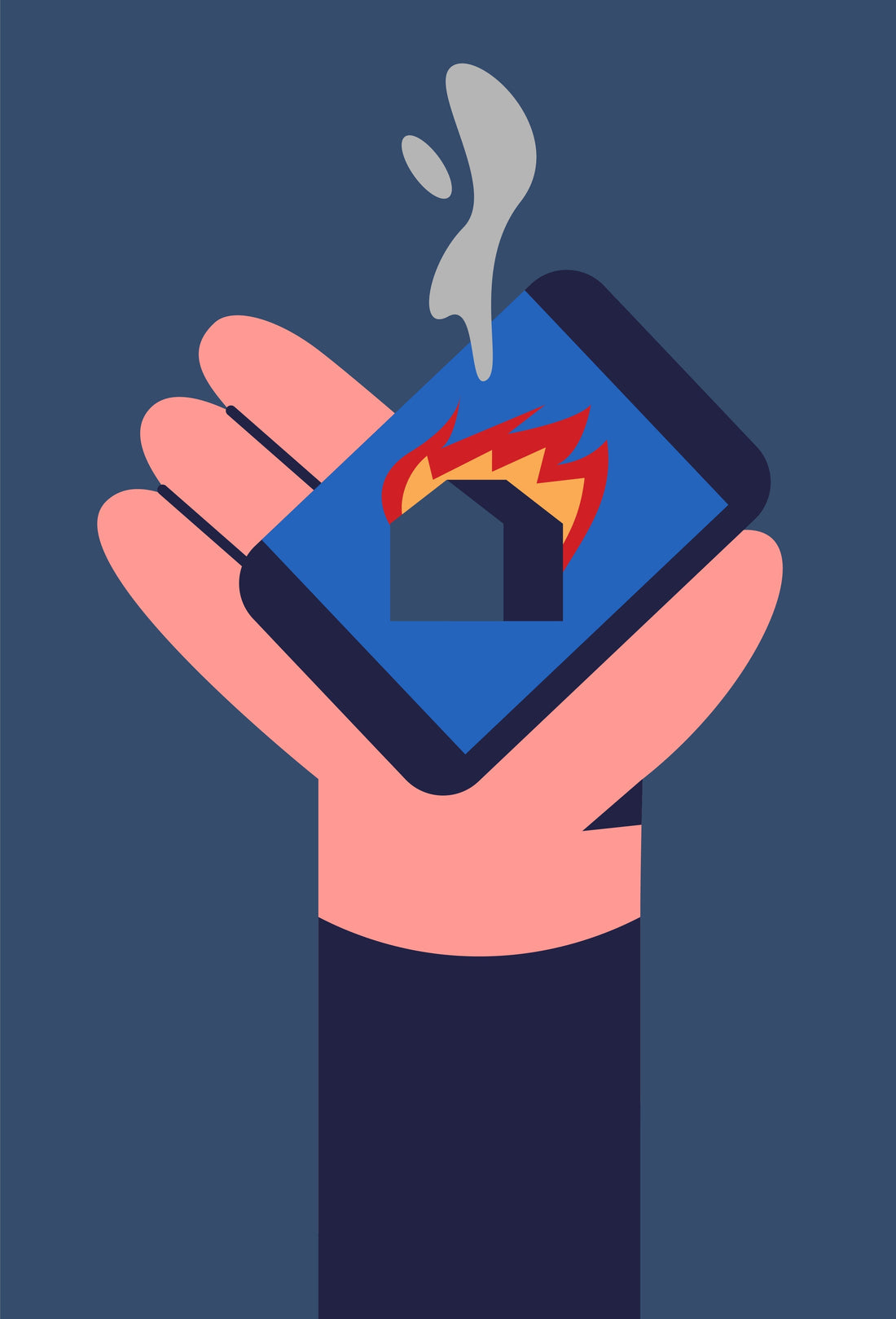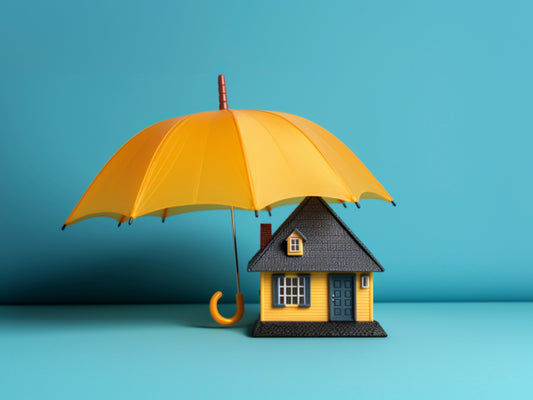
Wildfire: A Homeowner’s Guide on What to Do and Say During a Smoke Damage Inspection
Meeting with a mitigation vendor or insurance adjuster during an initial inspection for smoke damage is a critical step in your claims process. By staying organized, asking the right questions, and clearly communicating your concerns, you can help ensure a fair evaluation of your claim. Here’s a step-by-step guide to prepare for and navigate the inspection.
Meeting with a mitigation vendor or insurance adjuster during an initial inspection for smoke damage is a critical step in your claims process. By staying organized, asking the right questions, and clearly communicating your concerns, you can help ensure a fair evaluation of your claim. Here’s a step-by-step guide to prepare for and navigate the inspection.
Before the Inspection
Preparation is key to setting the tone for a productive inspection. Here’s what to do before the adjuster or vendor arrives:
1. Gather Your Documentation
-
Photos and Videos: Bring visual evidence of the smoke damage, taken before any cleaning or repairs. These should show soot, discoloration, and affected items.
-
Inventory List: Have a detailed list of damaged items ready, including descriptions, approximate values, and purchase dates.
-
Receipts/Proof of Purchase: For high-value items, provide receipts or proof of purchase when possible.
2. Review Your Insurance Policy
-
Understand what your policy covers for smoke damage, including any limits, exclusions, or requirements for filing your claim.
-
Familiarize yourself with your coverage for Additional Living Expenses (ALE) in case relocation becomes necessary.
3. Outline Your Concerns and Questions
Write down any specific concerns you want addressed during the inspection, such as:
-
Risk of recontamination during ongoing debris removal.
-
Health concerns related to airborne toxins and contaminants.
-
How they determine salvageable vs. non-salvageable items.
4. Coordinate with Your Vendor (if applicable)
If you’ve hired an independent mitigation vendor, ensure they are present for the inspection to discuss their proposed scope of work with the adjuster. This can help align both parties and avoid future disputes about coverage.
During the Inspection
Follow these steps to ensure you get the information and documentation you need while advocating for your interests:
Step 1: Confirm the Purpose of the Inspection
Start by clarifying what the adjuster or vendor will evaluate during the inspection. This ensures everyone is aligned from the beginning.
Example Questions:
-
"Thank you for coming out today. Can you walk me through what you’ll be looking for during this inspection?"
-
"Will this inspection cover both structural damage and contents, or are you focusing on one area today?"
Step 2: Communicate Your Concerns
Take this opportunity to voice your priorities. Be polite but assertive, and ask them to document your concerns in their report.
-
Recontamination Risk:
-
"I’m concerned about cleaning or repairs being done before the larger debris removal is complete. How will recontamination be handled or prevented during this process?"
-
Health and Safety:
-
"We’re worried about potential health risks from toxins and airborne contaminants. How will these risks be addressed during mitigation?"
-
"Would it be possible to relocate temporarily under the ALE coverage in our policy?"
-
Salvageable vs. Non-Salvageable Items:
-
"Can you explain how you determine whether items are cleanable or need replacement?"
-
"For items like children’s toys and cribs, I’m particularly concerned about ensuring all toxins are fully removed. How will you guarantee their safety?"
Step 3: Ask the Right Questions
Use this time to gather as much information as possible about the process and ensure nothing is overlooked.
-
Structural Damage and Cleaning:
-
"Will you be testing for hidden smoke damage behind walls, in HVAC systems, or in insulation?"
-
"How will lingering odors be addressed if they persist after cleaning?"
-
Contents Evaluation:
-
"What methods are you using to test for contamination in items?"
-
"If we later discover that some items cannot be cleaned as expected, how will that be handled?"
-
"Will you provide a written report documenting items deemed cleanable versus those considered total losses?"
-
Timeline and Coordination:
-
"How long will it take to prepare your report after today’s inspection?"
-
"Will I receive a copy of the report for my records?"
-
Insurance Communication:
-
"Did the insurance company provide any specific limitations or guidelines for this inspection?"
-
"If there are disagreements about the scope of work or costs, how will they be resolved?"
Step 4: Document the Inspection
Keep detailed records of everything discussed during the inspection.
-
Take Notes: Write down names, titles, and key statements from everyone present.
-
Capture Visual Evidence: If the adjuster points out specific areas of damage or makes decisions about items, take photos or videos to document it.
-
Request Copies: Ask for copies of any documents, reports, or notes generated during the inspection.
Step 5: Set Expectations for Next Steps
Before the inspection ends, confirm the next steps and the timeline for moving forward.
Example Questions:
-
"What are the next steps, and when should I expect the report to be ready?"
-
"Will I have the opportunity to review and discuss the report before any final decisions are made?"
-
"If additional damage is discovered later, how will that be handled in the claims process?"
After the Inspection
Once the inspection is complete, follow these steps to ensure a thorough and transparent process:
1. Review Your Notes and Documentation
Compare the inspection notes with your policy and the damage documentation you prepared beforehand. Make sure all areas of concern were addressed.
2. Follow Up on the Report
If the adjuster or vendor doesn’t provide the report within the promised timeframe, follow up to ensure progress on your claim.
3. Seek a Second Opinion (if necessary)
If you feel the inspection didn’t address all areas of damage, consider bringing in a third-party expert for an independent evaluation.
Pro Tips for Effective Communication
-
Stay Calm and Professional: Politeness goes a long way in fostering collaboration while ensuring your concerns are taken seriously.
-
Use Tactical Empathy: Acknowledge the adjuster’s or vendor’s efforts to build rapport (e.g., "I understand this is a detailed process, but I want to make sure nothing is missed.").
-
Ask Open-Ended Questions: Encourage collaboration by framing questions in a way that invites discussion (e.g., "How can we best address the risk of recontamination?").
-
Get Everything in Writing: Request written confirmation of key decisions or statements made during the inspection to avoid misunderstandings later.
By staying organized, proactive, and informed, you can ensure the initial inspection lays the groundwork for a thorough and fair evaluation of your smoke damage claim. Remember, you have the right to ask questions, advocate for your concerns, and protect your interests throughout the process.
Need expert advice on navigating your smoke damage claim? Tugboat Claims is here to help!
Disclaimer:
This blog is intended for informational purposes only and does not constitute legal or financial advice. Tugboat provides guidance and support, but we are not licensed public adjusters or attorneys. We do not negotiate or adjust claims on your behalf. All advice given is intended to empower you in managing your own claim, but it is ultimately your responsibility to pursue and handle the claim. Tugboat is not responsible for claim outcomes. Additionally, our tools are provided based on the information you provide, which may be incorrect or incomplete. Always consult a licensed professional for case-specific guidance.
Need expert guidance on a homeowner’s insurance claim? Tugboat Claims is here to help!



